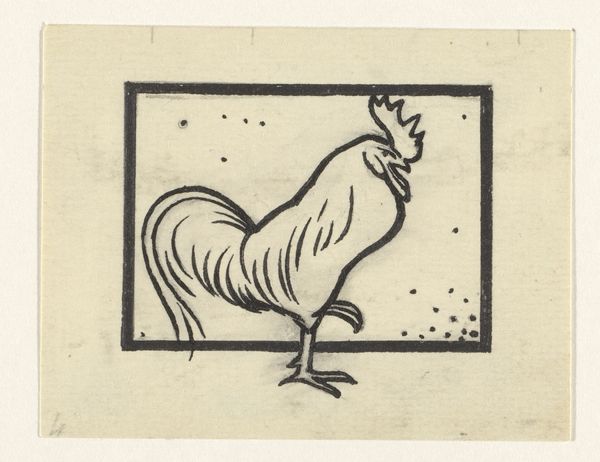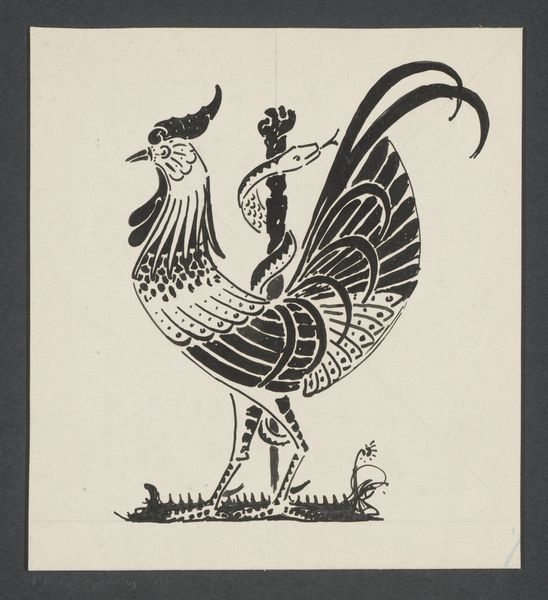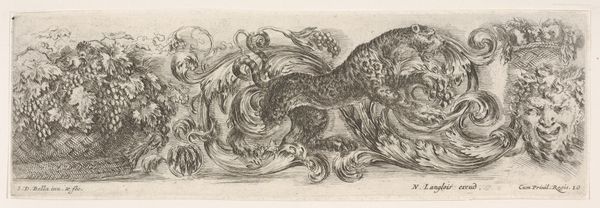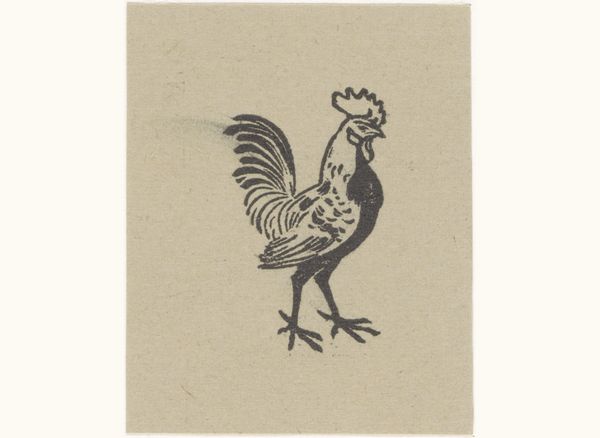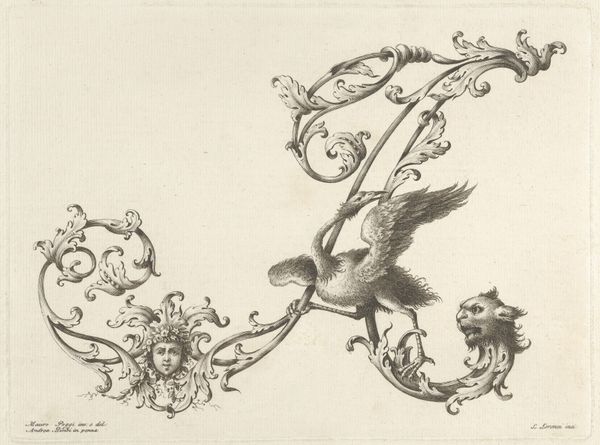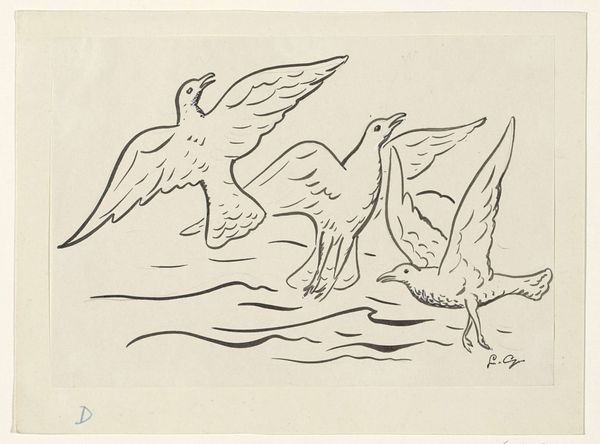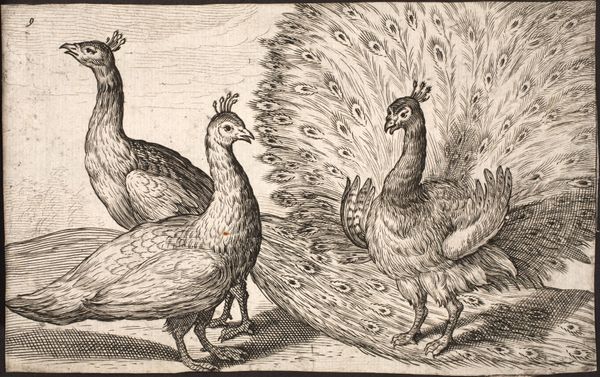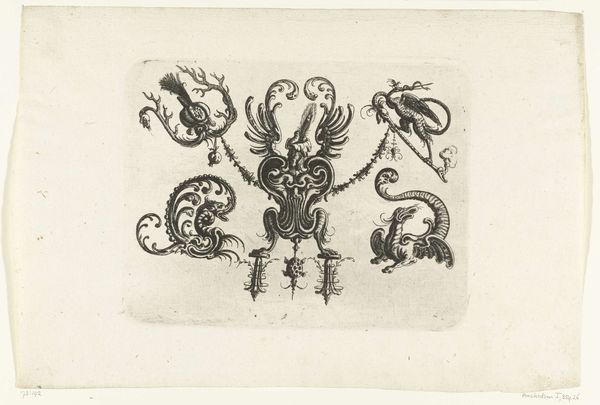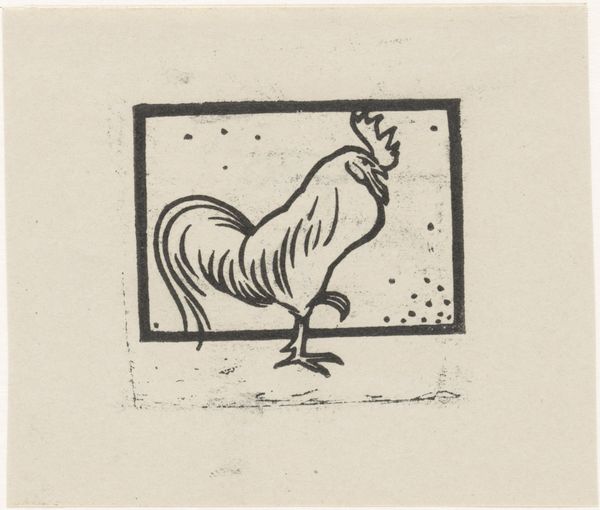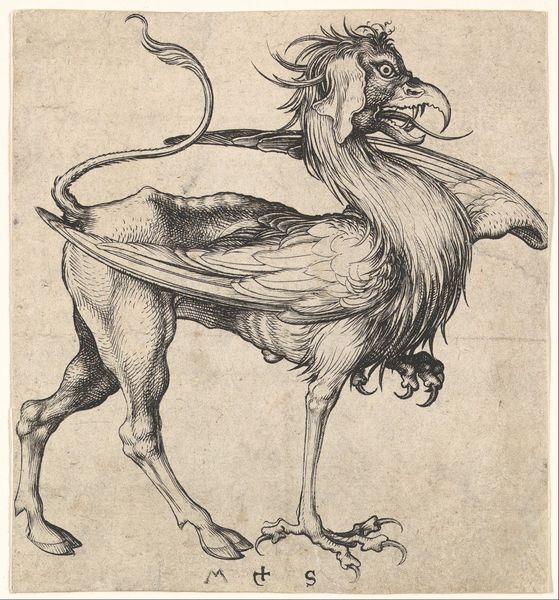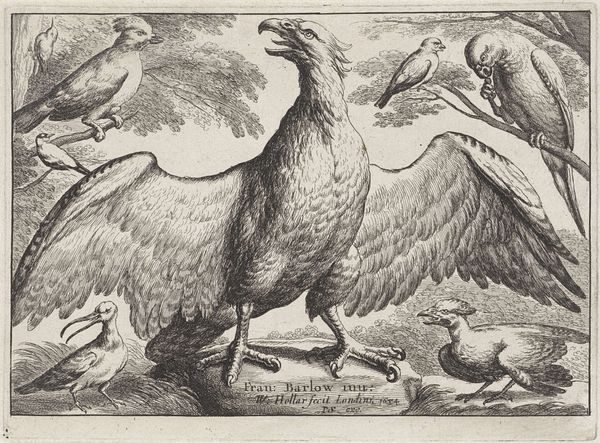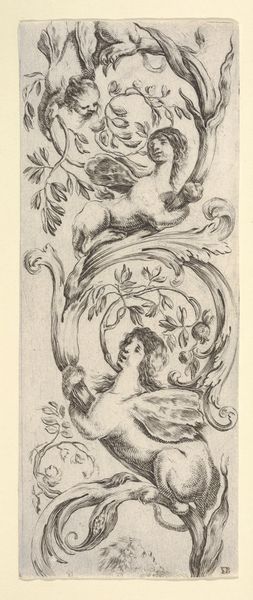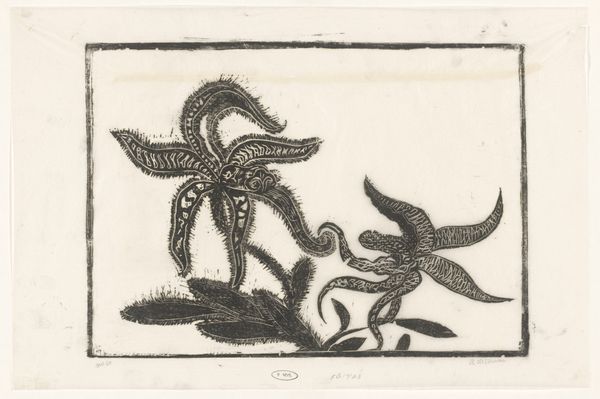
Dimensions: 123 mm (height) x 176 mm (width) (bladmaal)
Curator: Here we have a pen and ink drawing entitled "En grif holdende en fakkel," or "A Griffin Holding a Torch," created sometime between 1743 and 1809 by Nicolai Abildgaard. Editor: My first impression is how raw it feels. You can really see the hand of the artist at work; the lines aren't precious, but full of energy, a living thing. Curator: Precisely. Abildgaard was a key figure in Danish Neoclassicism, and this piece exemplifies the era’s fascination with classical mythology and symbolism, which served explicit moralizing purposes for the public, in line with Enlightenment ideals of civic virtue. Editor: And that material reality—pen scratching across paper, ink bleeding slightly into the fibers—that’s part of its power, too. I wonder, what kind of pen, what kind of ink? These materials tell stories about the social conditions of artistic production in the late 18th century, how easily these were acquired, distributed or reserved to certain demographics, if we could compare for example with the materiality available to other artist making more mundane work like signs and labels. Curator: I think that's a pertinent thought and I'd be interested to explore the role of academies like the Royal Danish Academy of Fine Arts where Abildgaard eventually became director. Institutions like these regulated access to art-making materials and legitimized certain artistic practices while excluding others. His formal instruction also connected to the resurgence of mythological themes across Europe and how these became a proxy for discussing contemporary socio-political issues. Editor: This simple choice of imagery speaks volumes too. The griffin—a composite creature, part lion, part eagle—holding aloft a torch, symbol of enlightenment. So much condensed into one symbolic figure rendered so beautifully. Curator: It makes you think about the public function of this sketch—likely a preparatory study. He aimed to communicate grand ideas through meticulously crafted symbols and make accessible through an educational lens that reflects social concerns during his period. Editor: Absolutely. To engage with this drawing now requires a degree of interpretation, as if understanding the access to this period production it may even change our mind around the reception, or even the aesthetic choices as something driven by need and production availability. Curator: Indeed. It serves as a reminder of the artist’s role in shaping cultural and political discourse through imagery. Editor: And how the materials themselves were imbued with meaning in their making, too, and that is valuable on many perspectives, from those interested in economy and labor and consumption Curator: So true, I am happy we reflected on both aspects. Editor: Me too, its so revealing if looked at in more detail.
Comments
No comments
Be the first to comment and join the conversation on the ultimate creative platform.
